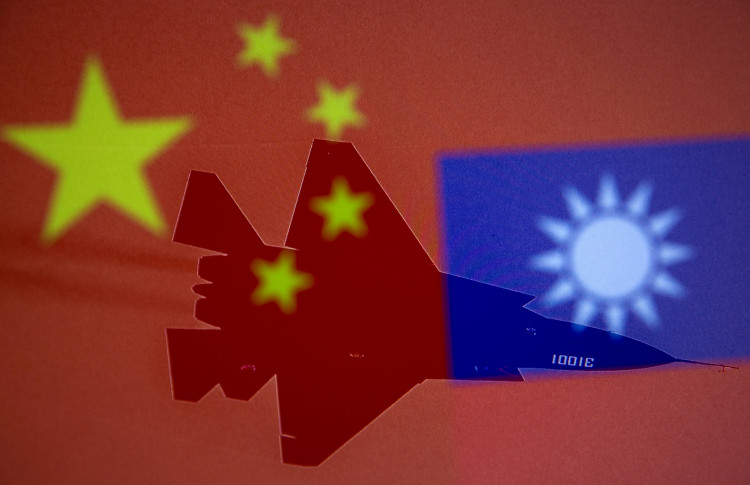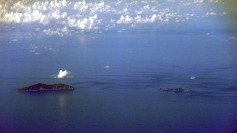Taiwan scrambled naval, air, and land forces Wednesday in response to large-scale Chinese military exercises held without prior warning just 40 nautical miles off the island's southwest coast. The drills, which included warships and 32 military aircraft, were described by Taiwan's defense ministry as a "blatant provocation" and a serious threat to regional stability.
The Chinese military, without issuing advance notice, established a temporary live-fire exercise zone near Taiwan's Kaohsiung port, a major shipping hub and home to key naval bases. "This move not only poses a high risk to the navigation safety of international flights and ships at sea but is also a blatant provocation to regional security and stability," Taiwan's defense ministry said in a statement. The ministry added that China had violated international norms by conducting the exercises without coordination.
Taiwan's forces closely monitored the drills, which it described as part of Beijing's ongoing pressure campaign to intimidate the island. China's defense ministry did not immediately respond to Taiwan's accusations or confirm the scope of the exercises. However, the drills follow a series of similar military maneuvers by Beijing in recent weeks, including live-fire drills near Vietnam and between Australia and New Zealand, forcing commercial flights to reroute.
The escalation comes amid renewed calls from China's ruling Communist Party to accelerate Taiwan's "reunification" with the mainland. Wang Huning, the party's fourth-ranked leader, stated this week that China must "firmly grasp the right to dominate and take the initiative in cross-strait relations, and unswervingly push forward the cause of reunification of the motherland," according to a translation from Chinese state media.
Chinese President Xi Jinping has repeatedly said that he is prepared to take Taiwan by force if necessary. The latest exercises serve as a stark reminder of Beijing's military capabilities and willingness to use coercion against the self-governed island. Taiwan's government, led by President Lai Ching-te, rejects China's sovereignty claims, maintaining that only Taiwan's 23 million residents can determine their political future.
Taiwan's military response to the Chinese drills was accompanied by heightened regional tensions over the severing of an undersea fiber-optic cable linking Taiwan to the outlying Penghu islands. Taiwan's coast guard detained a Togolese-registered vessel, Hong Tai 168, on Tuesday, accusing it of damaging the cable. All eight crew members were Chinese nationals.
The Taiwan Coast Guard Administration (CGA) stated that the Hong Tai 168 had been loitering within roughly 925 meters of the cable since 7 p.m. local time on Feb. 22. A coast guard vessel was dispatched to the ship at 2:30 a.m. Tuesday, "demanding that the vessel leave the area," Taiwan's state-owned media reported. Confirmation that the Taiwan-Penghu No. 3 undersea cable had been cut came at 3 a.m. Tuesday, after which authorities pursued efforts to detain the ship's crew.
China has dismissed Taiwan's claims as political manipulation, arguing that authorities on the island are drawing premature conclusions. Beijing's foreign ministry said Taiwan was "casting aspersions before the facts were clear" and downplayed any involvement in the cable break.
The incident has fueled speculation over China's role in potential sabotage, particularly given the pattern of undersea cable disruptions near Taiwan. The island reported three similar incidents in 2023 and four in 2024. Taiwanese officials have drawn comparisons to disruptions in the Baltic Sea following Russia's invasion of Ukraine, raising concerns that China may be testing methods of economic and infrastructure disruption.






